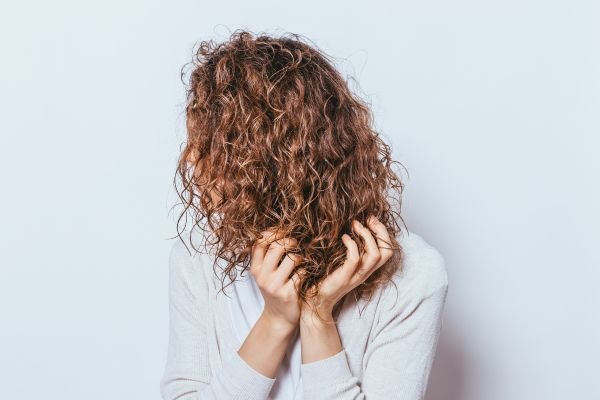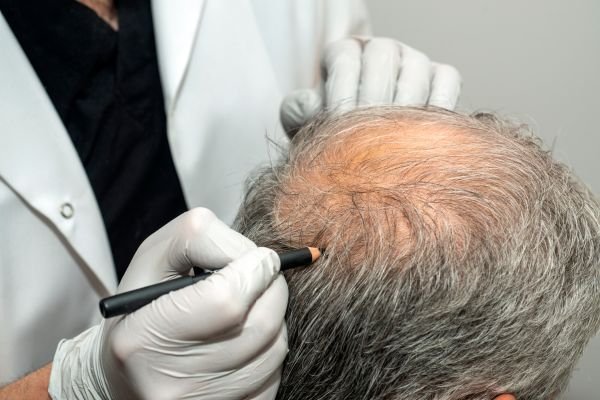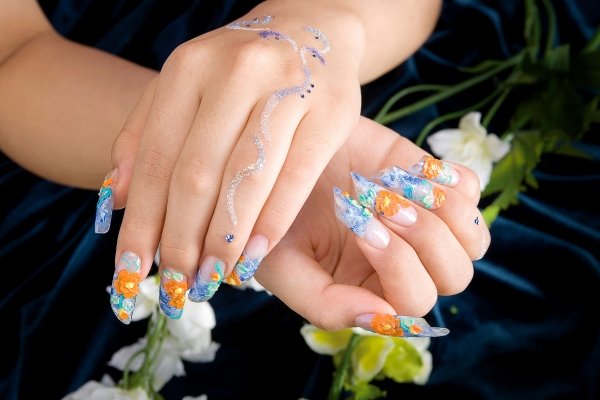Dealing with curly hair problems can feel like an endless battle—whether it’s managing stubborn frizz, combating dryness, detangling knots, or struggling to get that perfect curl definition. It can be unpredictable, and without the right approach, your hair routine can become a daily frustration. But what if we told you that achieving healthy, gorgeous crimp isn’t just a dream? It’s within reach! With the right care, techniques, and products, you can transform it to unruly to soft, defined, and full of life.
The key lies in understanding the unique needs of your curls tends to be drier and more delicate than straighter, which is why it requires specialized care to thrive. Once embrace this, you’ll start to see major changes—no more endless tangling, frizzy flyaways, or limp, undefined. Instead, you’ll unlock bouncy, voluminous fur that highlight your natural beauty.
It’s time to say goodbye to the constant struggle and hello to a routine that celebrates your wrap. From moisture-rich treatments to expert styling tips, we’ve got you covered. Ready to fix those curly hair problems once and for all? Let’s dive into a world of pro tips and tricks that will leave you falling in love with your curls like never before!
Understanding their Structure: Why it Has Unique Needs

It is a unique type that stands out for its natural beauty and individuality. Its distinctive structure and varying patterns give it a special set of qualities, making it vastly different from straight or wavy shaped. Moreover, it is also known for its twists, coils, and waves, which create an array of beautiful styles, but they also present unique challenges that require specialized care. Let’s dive deeper into the characteristics that make it so special—and so demanding.
Curl Structure
The structure is determined by the shape of the follicle. While straight hair follicles are typically round and grow straight out from the scalp, there follicles are more oval or asymmetrical, which causes the hair to grow at angles. This angled growth gives rise to curls, waves, and coils, shaping them into patterns that range from loose, relaxed to tightly coiled spirals.
- Follicle Shape: The asymmetrical or oval-shaped is what creates the characteristic “S” shape or corkscrew pattern that defines. It result from the way exits the twist as they grow.
- Curls in Layers: Each strand often has multiple curls within it, which creates a layered effect and give its volume. However, this also makes more prone to tangling and knotting.
Fragile Structure
It is the twists and turns which also makes them more prone to breakage so remember be gentle. For example, each time hair bends (i.e., with every strand of curly or textured), its structural integrity is temporarily compromised and weaker than necessary to resist breakage compared to straighter strands. But this also means that it needs to be treated with extra care, which includes being very gentle (especially when :wetting) and well hydrated.
Breakage Points: This is super critical… during the dry times and they are heavy runoff cup breakers. These types of fibers are not too curvy and they do not have enough strength or elasticity than straighter strands.
Avoiding Breakage: In order to avoid it, take proper care and time while detangling with lot of patience when it is wet by using a conditioner or enough amount of spray. Even consider using your fingers instead of a brush since the comb and brush would cause unnecessary tension resulting in breakage.
It needs to be treated as if it’s fragile, and blessed the gods with protective styling/conditioning treatments keeping each strand STRONG. Deep conditioning, light oils and protective styles (with traditional braid or bun types) can help minimize damage over time.
Porosity
How well it takes in and maintains moisture is somewhat determined by the porosity of your child’s hair, so knowing this can help you care for her properly. Its porosity level determines whether it absorbs moisture well, and its curl type defines how tight or loose the hairs are.
In addition, untouched has more gaps and as a result is much thirstier for water than someone with curly hair problem. Dry porosity need the benefits of hydrating and sealing products to actually make it last in your air. Low porosity, however can have a hard time soaking up moisture but is able to hold onto it for longer once its in. due to this you might require richer and heavier products whereas if lower then lighter water-based formulations.
Curl Type
It is divided into major categories:-
Wavy: These are looser waves that form an “S” shape and are near the scalp. Although they are not as tight, but can still be frizzy and would also benefit from something lightweight to moisturise with less potential for product overload in a complete spectrum.
Curl: Can have a defined shape from loose spirals to tighter ringlets. Mist is important here too and structure products will help define without weighing them down.
Coily or Kinky- Tight and dense with tighter coils, spirals, zig-zags. The most fragile and usually the driest, so they need a heavy moisturizing creams/oils/styling to hold onto without breaking off.
Why they Need Special Care
Because it suffers from poor sebum, the natural oils secreted by our scalp. In contrast to straight strands, where oils flow effortlessly down the cuticle layer, curl texture is not permitting for natural oil production. External moisture is necessary to help avoid this — resulting in dry, brittle ends. But it is also the most easily affected by humidity, heat and styling products that are in fact polluting elements common on a daily basis! These are the characteristics that make these type of follicle more demanding but at the same time, stimulating to care for.
Curly Hair Problem and Solutions: The Must Have to Get
While this can make you look beautiful and unique, it also means that lower volumes of data will come with a range of challenges. This has its own rulebook for how it needs be maintained.
Frizz

Problem:
Those who have always faced the curly hair problems of frizz. This happens once the cuticles are lifted, making it attainable for moisture from the air to flow into and transport back nerves. This is especially common in humid states.
Solutions:
Hydration is KEY – Deep condition at least once a week! Look for products that include skin-conditioning ingredients like glycerin, coconut oil, and shea butter.
A Leave-In Conditioner Should Be Used: Your hair can retain moisture and be shielded from the terrible humidity by using leave-in conditioner. Apply to wet hair to seal in moisture.
Skip The Towels— Use a microfiber towel (a Turbie Twist, as seen on TV) instead of the standard heavy towels to dry your hair. Less friction = fewer frizzies.
Choose Anti-Frizz Products: Search for styling creams or a serum targeted to fight frizz. Argan oil/silicone These ingredients will help to smoothen your curly hair problems.
Dryness

Problem:
The nature of it to be drier than a straighter one due to its structure. Since the curls are so tight they can inhibit that transfer of oils from up top down to the ends, juicing out your strands in terms of natural negative-free hair care.
Solutions:
Moisturizing Shampoo: Find a gentle, sulfate-free shampoo that leaves your natural oils alone. Using saturate formulas will get the hair moistened, as opposed to degrading.
Deep Conditioning: Have a deep conditioning treatment on your schedule, preferably once in a week. Opt for masks that include oil or protein to replenish moisture.
Oil Treatments: Nourish and hydrate your hair with natural oils such as olive, jojoba or sweet almond. Heat them slightly for an oil treatment before you wash your hair, if needed.
Protective Styles: Braid, twist or wear your hair in a protective style to protect from the elements and keep moisture locked into your strands.
Tangles and Knots
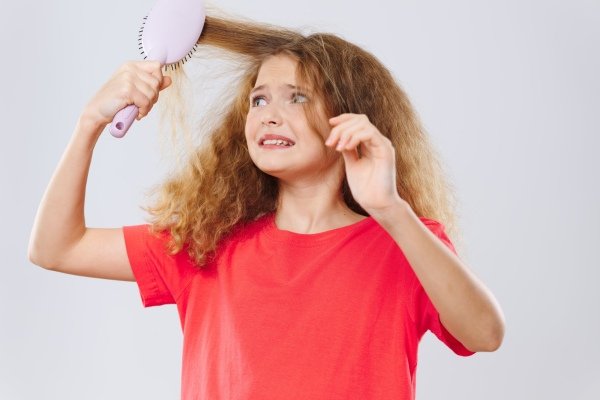
Problem:
Given the roughness of it, this type is highly susceptible to tangling curly hair problems, particularly when under-moisturized. Knots cause breakage and can be frustrating!
Solutions:
When I talk about wetting your hair, make sure it is with conditioner and detangle the curls following their natural shape. Gently detangle any knots with a wide tooth comb or your fingers.
Spritz Detangling Spray: Mist your hair with a detangling spray or water and leave-in conditioner to make it manageable. This provides lubrication (the slip) in addition to some protection against breakage.
Regular Trims: Keep it trimmed regularly to take off those split ends and reduce tangling. Trim every 6-8 weeks if possible.
Protective Items: Opt for soft scrunchies or ties so that it does not pull on your hair as you style.
Product Buildup
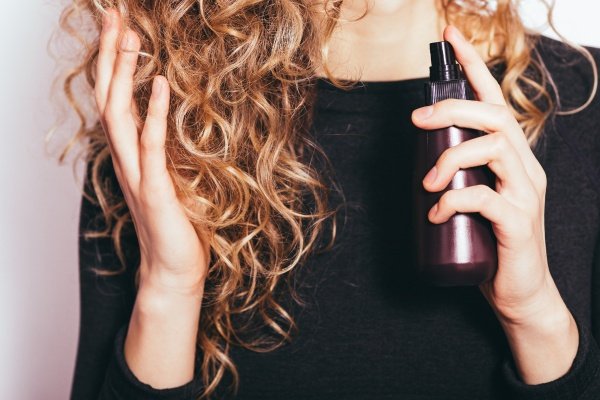
Problem:
Curly hair problems can get product buildup and have their natural bounce missing. This is common when heavy creams, gels, or oils are applied and not thoroughly washed off.
Solutions:
Clarifying Shampoo: Once every 4-6 weeks, add a clarifying shampoo to your routine. Use your head: keep in mind that frequent use can remove natural oils!
At-home Clarifying Rinse: Mix apple cider vinegar with water to make a natural home hair rinse. Combine one portion vinegar with three parts water and rinse after shampooing to rid yourself of the build-up.
Minimal Product Usage: Allow yourself to experiment in low doses of how much product you actually need. Less can be more with styling creams, and gels.
Pick Lightweight Formulas: Make the switch to lightweight products that are less likely to build up. Go for a water-based product that can be flushed out easily.
Lack of Definition

Problem:
Curly hair problems is often not clearly defined and can become frizzy or look shapeless. Either its because of the wrong routine or less moisture from proper styling.
Solutions:
Styling Wet: When you get out of the shower after a co-wash or pre-poo, your hair should be soaking wet; this is when you apply all styling products (leave-in conditioner, moisturizing curl enhancer) to form those pretty curls. This ensures the product gets even distribution and that it coats every single strand.
Scrunching Method: scrunch for curl formation. Apply product, then scrunch your hair gently upward to establish more bounce and definition.
Clarke recommends using a curl cream that offers hold but doesn’t make your curls heavy. You may also want to try different products and see how they work with your hair type.
Plopping: If you’re not sure what ploping is, it’s when your curls are laying onto a cotton t-shirt or microfiber towel after putting product in and leaving them to take shape how they like.
Heat Damage
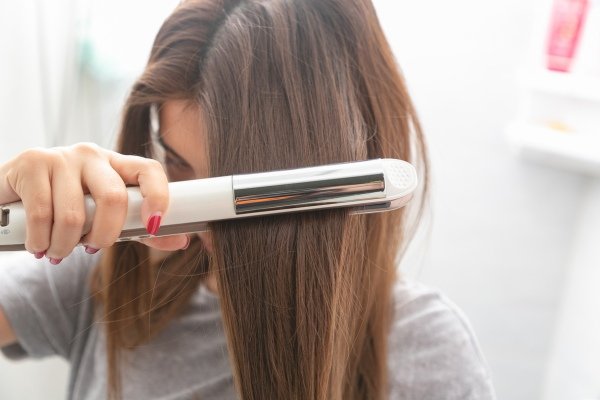
Problem:
Each time you use heat on your hair, it may cause serious damage to curls, making the ringlets loose or losing their true spiral form.
Solutions:
Limit Heat Usage—lessen heat styling. If you use heat, then make sure that it’s on low to medium.
Heat Protectant: You should always use a heat protectant spray before using hot tools. Each hair is surrounded by an oil layer, which acts as a protective barrier against heat.
Natural Styles: Try braid wet hair for waves, or use flexi-rods to get non heat curls.
Conclusion
To keep your curls healthy and fabulous, it is important to understand some of the common curly hair problems that can arise. When you use such products, they start suffering from issues like dryness, frizzing,, etc. by following into a proper routine to care for everything else around us including the tiniest of problems like product buildup leading or lack of any definition and even heat damage. If you care for it and work with it, rather than fighting against its nature, you will have a lush head that is full of life. Love your curls and embrace the process of seeing them thrive!
